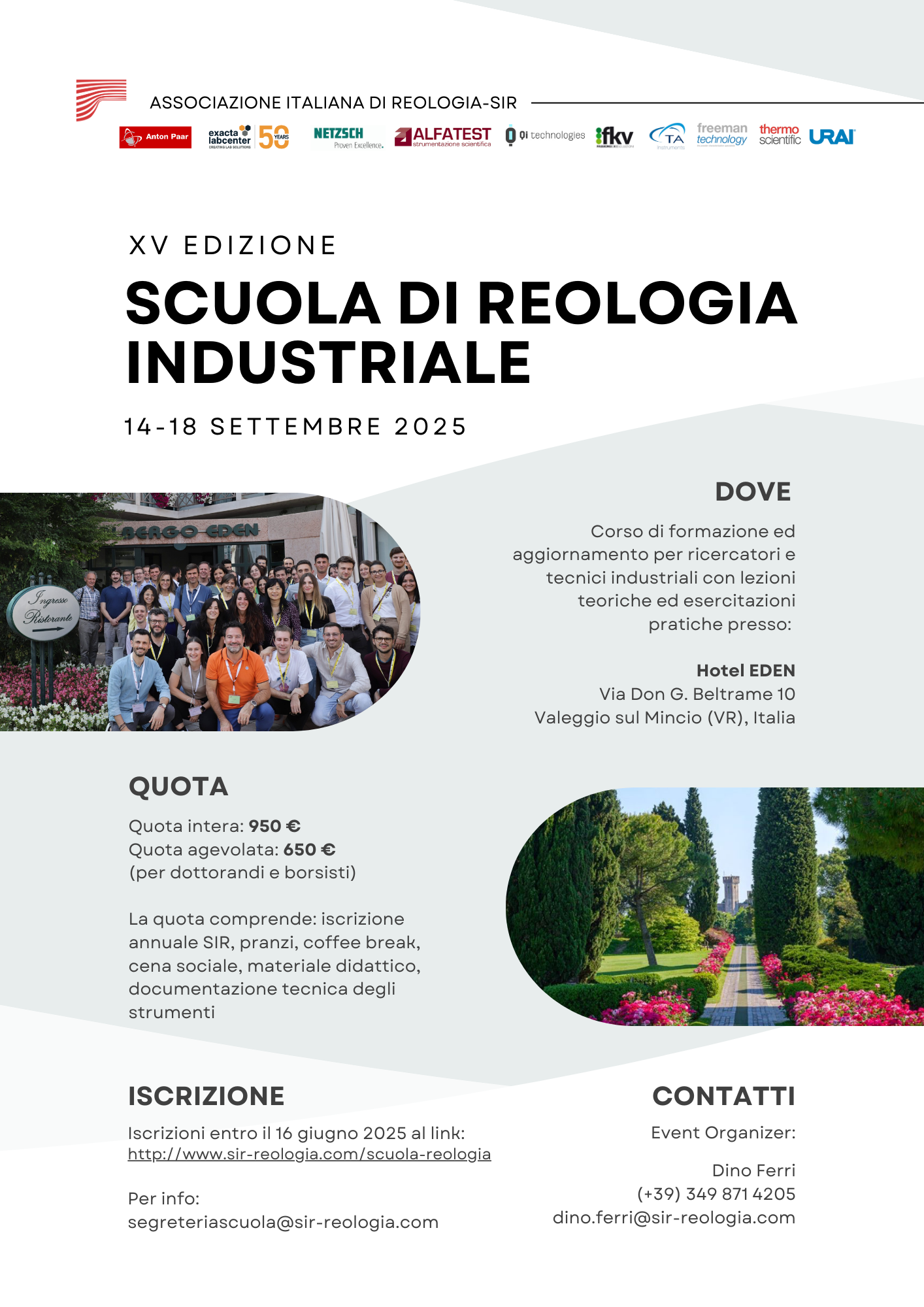|
Tweet |
|
A mathematical method to quantify the effect of
helical flow on endothelial cells
Autori: M. Grigioni, C. Daniele, U. Morbiducci, C. Del Gaudio, G. D’Avenio,
M. Abbate, V. Barbaro
Presentato al: VIII Convegno Nazionale di Reologia
Anno: 2004
Volume: Unico - Issue: Unico
Casa Editrice:
Lingua: English
Abstract
Over the last years, several investigations have pointed to the
key role of flow in influencing the vascular endothelium. In blood vessels,
the extracellular matrix underlying the endothelium supports
endothelial cell attachment, spreading, migration, and proliferation.
A significant role is played by shear stress-induced alterations in the
endothelial function, e.g., in the initiation of atherosclerotic lesions.
Helical flow may play both a detrimental and a beneficial role, e. g., in
plaque deposition, organ perfusion or in the tuning of cells’ mechanotrasduction
pathways. The presence of the rotational component in
helical flow must be accounted for in studies of endothelial shear. The
proposal that mechanical forces play a role in the localization of the
dysfunctional state of the vascular endothelium led us to develop a
mathematical method to quantify the helical flow contents in a flow
field, with the aim to furnish a synthetic tool to approach specific correlations
between specific flow patterns and endothelial cells migration
and proliferation. As a perspective, the proposed method could be
used for the improvement of the cell seeding of prostheses by bioreactors.
Warning: Undefined array key "REOLOGIALOGIN" in D:\inetpub\webs\sir-reologiacom\articoli_scheda_2025.php on line 132
Attenzione la lettura completa dell'Abstract e il download dei file è riservata esclusivamente ai Soci dell'Associazione Italiana di Reologia.
Se sei un Socio ti preghiamo di effettuare il login se non lo hai già fatto
Nel caso non fossi un Socio dell'Associazione Italiana di Reologia ti preghiamo di visitare la sezione "Iscriviti all'Associazione" per procedere alla registrazione
Presentato al: VIII Convegno Nazionale di Reologia
Anno: 2004
Volume: Unico - Issue: Unico
Casa Editrice:
Lingua: English
Abstract
Over the last years, several investigations have pointed to the
key role of flow in influencing the vascular endothelium. In blood vessels,
the extracellular matrix underlying the endothelium supports
endothelial cell attachment, spreading, migration, and proliferation.
A significant role is played by shear stress-induced alterations in the
endothelial function, e.g., in the initiation of atherosclerotic lesions.
Helical flow may play both a detrimental and a beneficial role, e. g., in
plaque deposition, organ perfusion or in the tuning of cells’ mechanotrasduction
pathways. The presence of the rotational component in
helical flow must be accounted for in studies of endothelial shear. The
proposal that mechanical forces play a role in the localization of the
dysfunctional state of the vascular endothelium led us to develop a
mathematical method to quantify the helical flow contents in a flow
field, with the aim to furnish a synthetic tool to approach specific correlations
between specific flow patterns and endothelial cells migration
and proliferation. As a perspective, the proposed method could be
used for the improvement of the cell seeding of prostheses by bioreactors.
Warning: Undefined array key "REOLOGIALOGIN" in D:\inetpub\webs\sir-reologiacom\articoli_scheda_2025.php on line 132
Attenzione la lettura completa dell'Abstract e il download dei file è riservata esclusivamente ai Soci dell'Associazione Italiana di Reologia.
Se sei un Socio ti preghiamo di effettuare il login se non lo hai già fatto
Nel caso non fossi un Socio dell'Associazione Italiana di Reologia ti preghiamo di visitare la sezione "Iscriviti all'Associazione" per procedere alla registrazione
XVIII Italian Society of Rheology Conference
Capri Island, Naples, Italy 12-14 septemper 2024

The XVIII edition of the SIR conference will be held in Villa Rosa, a recently renovated ancient Neapolitan villa in Capri Island (Naples, Italy), in September 12th-14th 2024. The event will be organised with the support of the Department of Chemical, Materials and Industrial Production Engineering of the University of Naples Federico II.
All those with an interest in rheology, in all its aspects, are invited to submit contributions.
Selected papers will be eligible for a special issue in Rheologica Acta.
ULTIMI ABSTRACT
Sezione in Aggiornamento
LINKS UTILI
Come diventare SOCI
L'Associazione Italiana di Reologia ha come scopo la promozione e lo sviluppo delle attività nel campo della reologia in relazione ai suoi aspetti teorici, sperimentali, didattici, applicativi e industriali.
L'organizzazione di incontri periodici e di un congresso Nazionale annuale permette lo sviluppo di contatti e incontri
Associazione Italiana di Reologia - SIR (Versione Italiano)
|
Italian Society of Rheology - SIR (English Version)
Storia | Statuto | Organigramma | Regolamenti | Iscriviti all'Associazione | Prossimi Eventi | Convegni e Congressi Internazionali
Convegni e Congressi Nazionali | Scuole di Reologia | Workshop | Links | TOP Links | Società e Associazioni di Reologia
Pubblicazioni sulla Reologia | Centri di Ricerca | Aziende | Altri Links | Segnala Links
Abstract ed Atti di Convegni | Bollettino Panta Rei | Contattaci | GDPR Privacy Policy 2018


© 1997-2025 Associazione Italiana di Reologia
Sede Legale: Via Alicorno 4, 35123 Padova - Italia (Italy)
Powered by Web Agency Cosenza
Storia | Statuto | Organigramma | Regolamenti | Iscriviti all'Associazione | Prossimi Eventi | Convegni e Congressi Internazionali
Convegni e Congressi Nazionali | Scuole di Reologia | Workshop | Links | TOP Links | Società e Associazioni di Reologia
Pubblicazioni sulla Reologia | Centri di Ricerca | Aziende | Altri Links | Segnala Links
Abstract ed Atti di Convegni | Bollettino Panta Rei | Contattaci | GDPR Privacy Policy 2018


© 1997-2025 Associazione Italiana di Reologia
Sede Legale: Via Alicorno 4, 35123 Padova - Italia (Italy)
Powered by Web Agency Cosenza

